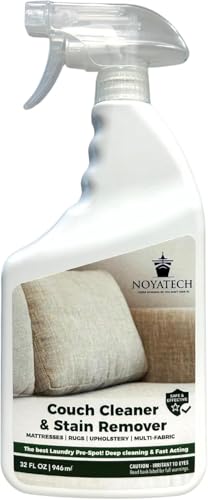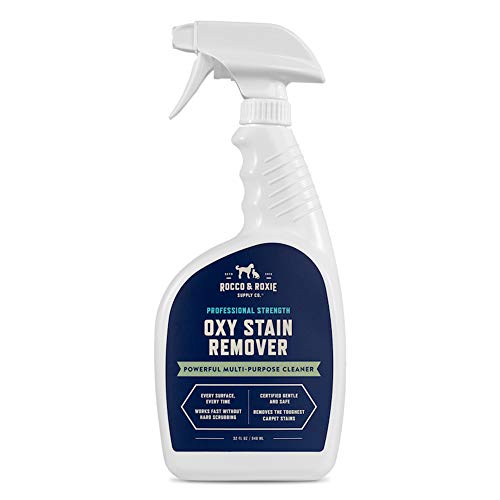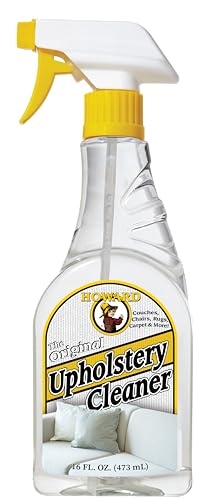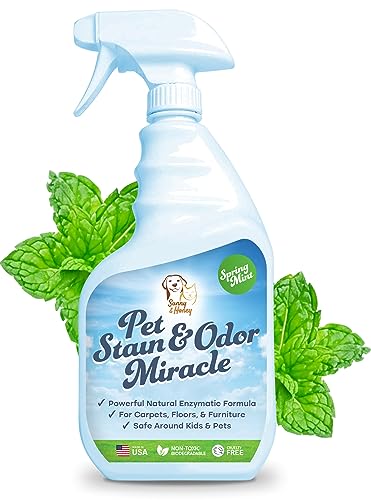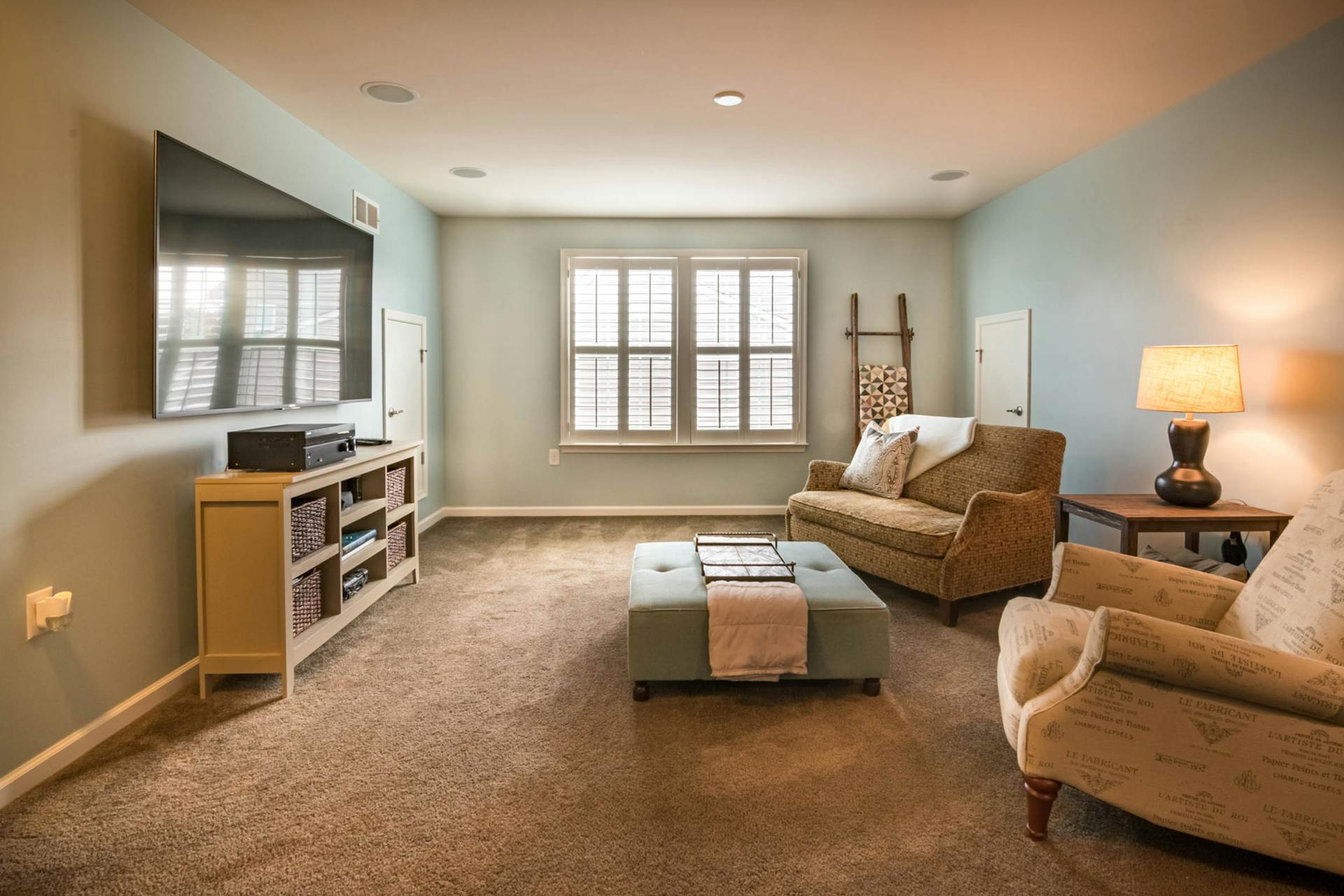Upholstery can bring comfort and style to our homes, but it may also harbor unpleasant odors from spills, pets, or simply everyday use. Understanding the sources of these odors is essential in learning how to deodorize upholstery effectively. The materials used in upholstery, such as foam padding and fabric, can absorb smells over time, making them challenging to eliminate without proper cleaning techniques.
One common culprit of upholstery odors is moisture. When spills occur, they can seep into the fabric and padding, creating a breeding ground for bacteria and mold. This not only leads to bad smells but can also damage the upholstery itself. Regularly checking for stains and acting quickly can help mitigate these issues. It’s also wise to use protective sprays that can help repel liquid and stains before they become a problem.
Another factor contributing to unpleasant smells is the accumulation of dust, dirt, and pet hair. These particles can trap odors and make your furniture feel stale. Regular vacuuming using an upholstery attachment can help maintain freshness by removing these unwanted remnants. Additionally, consider incorporating natural deodorizers, such as baking soda, into your cleaning routine to neutralize odors without harsh chemicals.
When learning how to deodorize upholstery, it’s essential to choose the right cleaning products. Look for solutions specifically designed for upholstery or use mild soap and water. Always check the manufacturer’s care label before proceeding, as some materials may require special treatment. By understanding the sources of odors and taking preventive measures, you can keep your upholstered furniture smelling fresh and inviting.
Best Natural Deodorizing Methods
One popular method is using baking soda. This versatile powder not only absorbs odors but also helps in removing stains. Simply sprinkle a generous amount of baking soda over the upholstery and let it sit for at least 15-30 minutes. For tougher odors, you can leave it on overnight. Afterward, vacuum the baking soda thoroughly to reveal a fresher scent!
Another effective natural deodorizing technique involves essential oils. Combining essential oils like lavender, tea tree, or lemon with water creates an aromatic spray that can help eliminate unwanted smells. Mix about 10-15 drops of your chosen oil with a cup of water in a spray bottle and lightly mist the fabric. Always remember to test a small, hidden area of your upholstery first to ensure that the fabric won't react negatively to the oils.
Lastly, consider using white vinegar. This common household item is excellent for neutralizing odors. Mix equal parts of white vinegar and water in a spray bottle, lightly mist the upholstery, and allow it to air dry. The vinegar smell will dissipate, leaving behind a fresh scent that lingers. Just like with essential oils, it's a good idea to spot-test your fabric before applying this method widely.
DIY Solutions for Stubborn Smells
When it comes to tackling stubborn smells in your upholstery, DIY solutions can be both effective and budget-friendly. Start by making a simple mixture of equal parts water and white vinegar in a spray bottle. Spritz the solution lightly onto the affected areas of your furniture, making sure not to drench the fabric. The vinegar will help neutralize odors without leaving a lingering smell of its own. Allow the solution to sit for about 15 minutes before blotting it with a clean cloth.
Another natural remedy is baking soda, a powerhouse when it comes to absorbing unwanted odors. To use this method, sprinkle a generous amount of baking soda over the upholstery and let it sit overnight. Baking soda works wonders by drawing out moisture and smells from the fibers. In the morning, simply vacuum the baking soda off, and you’ll likely notice a significant improvement. This approach is not only simple but also shows you how to deodorize upholstery effectively.
If you're looking for an extra fresh scent after neutralizing odors, consider adding essential oils to your cleaning routine. After using vinegar or baking soda, mix a few drops of your favorite essential oil with water in a spray bottle. Lightly mist the clean upholstery with this mixture for a pleasant fragrance. Essential oils like lavender, lemon, or eucalyptus not only smell great but can also provide antimicrobial benefits, ensuring your furniture remains fresh and clean for longer.
For those who want to harness the power of fresh air, consider placing your furniture outside on a dry, sunny day. Sunlight can help kill bacteria and dry out any moisture causing odors. Make sure to check your furniture’s material to avoid sun damage, as not all fabrics are sun-friendly. This simple strategy, combined with the aforementioned methods, brings you one step closer to mastering how to deodorize upholstery using natural, DIY solutions.
Preventing Future Odor Buildup
First, regular cleaning is key. Vacuum your upholstery at least once a week to remove dust, pet hair, and debris that can contribute to unpleasant smells. Use an upholstery attachment on your vacuum to ensure you're getting into the nooks and crannies. If you have removable cushion covers, wash them regularly according to the care instructions. This simple maintenance can make a huge difference in preventing odors from taking hold.
Another effective method to prevent odors is to use fabric protectors. These products create a barrier against spills and stains that can lead to unpleasant smells over time. After you’ve deodorized your upholstery, consider applying a fabric protector to help repel dirt and moisture. This can be especially helpful in households with kids or pets—you'll be thankful for the extra layer of protection!
Lastly, keep your living space well-ventilated. Good airflow can significantly reduce musty smells that may accumulate in upholstered furniture. Open windows when weather permits, or use air purifiers and dehumidifiers to enhance air quality. By maintaining a fresh environment, you'll make it harder for odors to develop in the first place, ensuring that you won't have to revisit how to deodorize upholstery as often.
